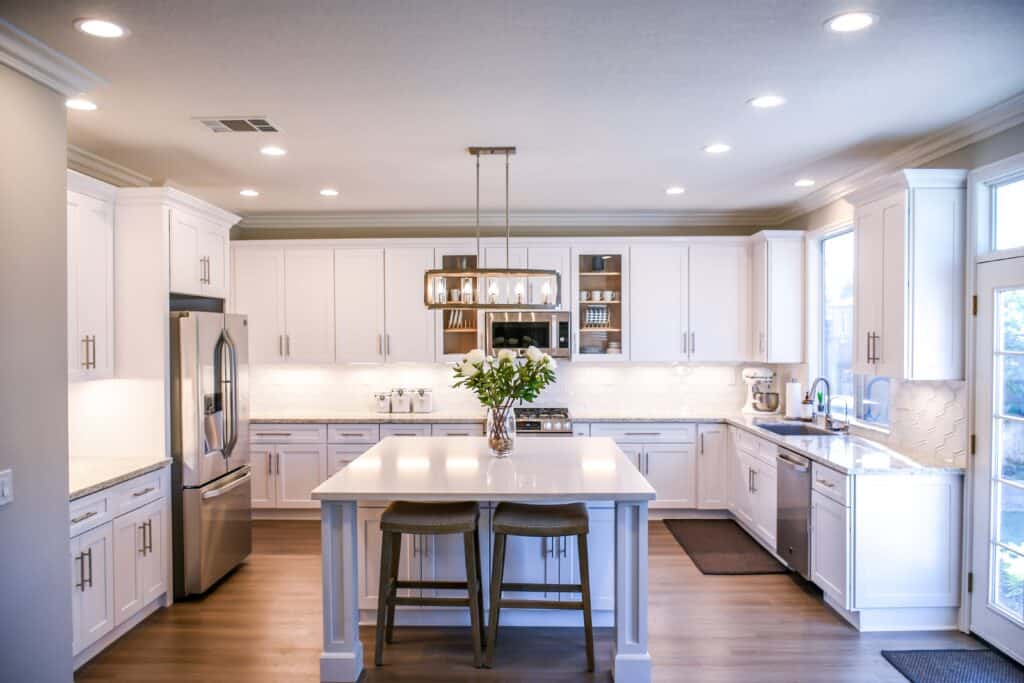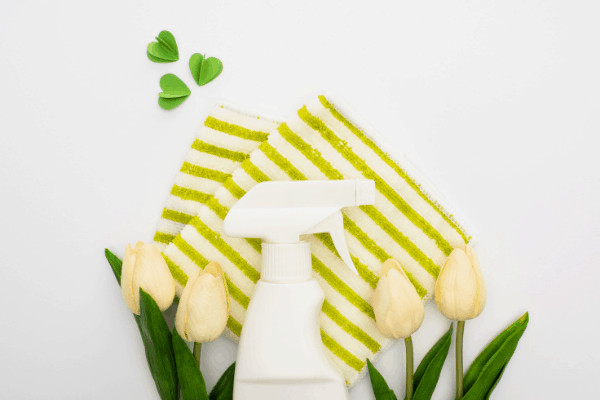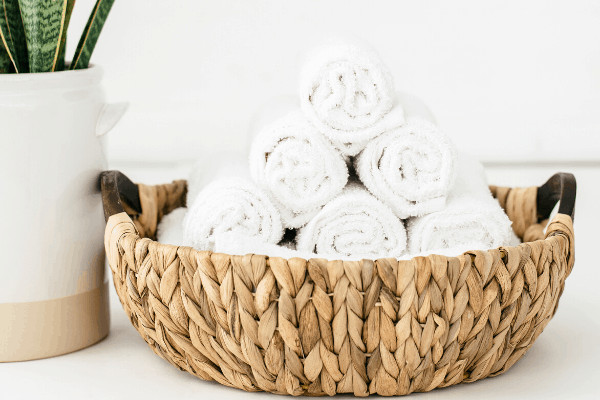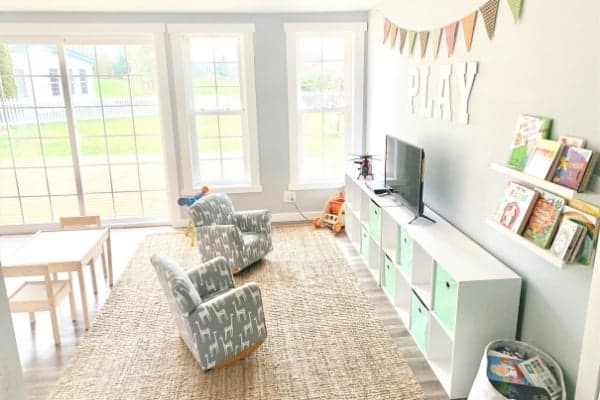Wood veneers combine natural beauty and human innovation from sustainably managed forests. Sustainable forestry practices are essential for producing veneer, ensuring the health of woodlands for future generations. By maximizing the use of each tree, veneers conserve wood and reduce the impact on forests, aligning with conservation and sustainable living principles. The industry’s commitment to responsible sourcing and usage exemplifies a broader trend towards sustainability.
Types and Applications of Wood Veneers in Contemporary Design
Wood veneers offer a unique look and feel to any design project. They are versatile and can be used in various applications, from residential living rooms to corporate boardrooms. Veneers lend additional strength to surfaces while maintaining aesthetics, making them ideal for high-use areas. They are also used for acoustic treatments in concert halls and recording studios. Designers and architects can create visually stunning spaces that perform exceptionally well by marrying functionality and form.
The Craftsmanship Behind Wood Veneer Manufacturing
The art of crafting wood veneer sheets is a sophisticated and intricate process that commences with the careful selection of the right tree. Only the finest quality wood can be used to create veneers that will capture the beauty and elegance of natural wood. Wood is cut into thin sheets and matched meticulously to create intricate designs. Precision is critical, with technology ensuring consistent thickness and pattern replication. The blend of old-world techniques and modern machinery produces stunning and durable veneers. From furniture to flooring, these veneers are a hallmark of quality and craftsmanship, produced with care and attention to detail.
Trends in Wood Veneer Aesthetics and Usage
Wood veneers are becoming increasingly popular in interior design due to the growing awareness of our environmental impact. Designers are pushing the boundaries of veneer applications, incorporating natural beauty and environmental connections into their designs. Customization of veneer products is also on the rise, allowing for more expressive and individualized design work. With improved staining and finishing techniques, designers can work with various veneer appearances, creating unique and creative color palettes. Whether through marquetry or more industrial applications, wood veneers elevate the overall design narrative, providing a limitless array of options for design enthusiasts.
The Environmental Impact of Wood Veneers
The conversation surrounding environmentally friendly design materials is louder and more critical than ever. In this context, wood veneers emerge as a sustainable choice. Thinner than solid wood, veneers efficiently use valuable timber resources, all while delivering the exact beautiful wood grain and finish expected of luxury wood products.
As the demand for eco-friendly materials rises, wood veneer manufacturers and suppliers increasingly prioritize ecological considerations. Responsible sourcing, minimal waste, and a smaller carbon footprint characterize the life cycle of a wood veneer product. This is complemented by certifications and seals of approval from environmentally focused organizations, which serve as a testament to the product’s green pedigree.
The embrace of veneers in responsible design initiatives is bolstered by their ability to contribute to better indoor air quality and reduced environmental stressors. It aligns wood veneers with aesthetic and functional requirements and the imperative to create healthier, more sustainable living and working environments.
The Future of Wood Veneers in Green Building
Wood veneers are increasingly crucial in green buildings as sustainability has become a critical factor in construction. Designers and architects use veneers to obtain environmental certifications like LEED. These materials are not just design solutions but also intelligent, eco-friendly choices that can contribute to healthier indoor environments. With advances in adhesive technologies and veneer treatments, the relevance and application of wood veneers are expected to increase, representing sustainability within the sphere of beautiful, functional design.
How to Choose the Right Wood Veneer for Your Project
Choosing the suitable wood veneer involves balancing aesthetics with practicalities like wood species, grain pattern, and intended use. Consulting with specialists who understand the nuances of veneer selection can ensure informed choices that align beauty with functionality and sustainability. A thoughtful selection process leads to successful design outcomes, where wood veneers serve as surface treatments and meaningful storytelling elements. Wood veneers represent a complex intersection of design, tradition, innovation, and sustainability, weaving together aesthetics and environmental ethics to create spaces that resonate with conscientious values.





